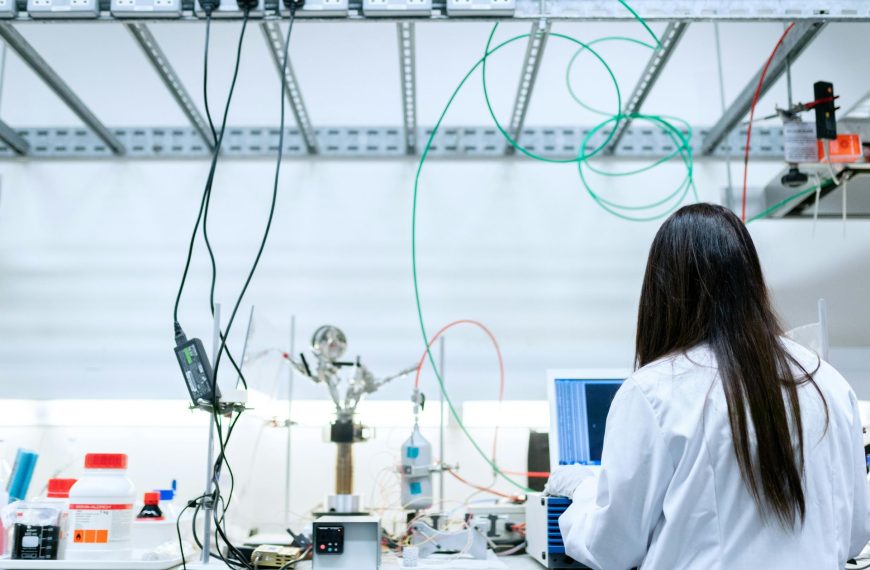As AI advances, its role in search engine optimisation (SEO) and paid campaigns has grown more significant, particularly following Google’s recent algorithm updates. These updates, designed to improve user experience and prioritize high-quality content, have led to substantial changes in organic search results and paid advertising strategies. Understanding the intersection of AI, SEO, and paid campaigns is now essential for marketers aiming to stay competitive in 2024 and beyond.
Google’s AI-Powered Algorithm Updates
Google’s use of AI in its search algorithms has steadily increased over the past decade, with major milestones like RankBrain, BERT, and most recently, the Multitask Unified Model (MUM). These AI-driven models aim to enhance Google’s understanding of user intent, delivering more accurate and relevant search results. For instance, MUM can process information across text, images, and even videos to answer complex queries more comprehensively than earlier models.
In 2024, Google rolled out several major updates, such as the March 2024 Core Update and the August 2024 Core Update, which heavily relied on AI to demote low-value content while promoting user-centric, high-quality material. These updates marked a shift away from content created purely for ranking, including AI-generated spam, and placed a greater emphasis on expertise, authority, and trustworthiness (E-E-A-T)
How AI Impacts Paid Campaigns
While these algorithm changes primarily target organic search results, they also influence paid campaigns.
If you are a marketing person in an SME, you will have noticed the desperation of many fellow marketers on LinkedIn and Reddit.
Why? Paid search ads, particularly those run through Google Ads, share significant technological overlap with organic search.
The AI systems that determine organic rankings also impact the keyword-matching systems used in paid campaigns. Google ran extensive training for marketers in February and March 2024. However, we were still not expecting the level of sophistication of the AI cards. Shortly after (perhaps knowing the damage it was causing), Google confirmed that ads will finally be allowed.
For example, updates that improve AI’s ability to understand user intent.
The “cards” that most of us use have led to more refined keyword matching in paid ads. As Google’s AI becomes more sophisticated at interpreting the nuances of search queries, paid search campaigns must adapt by optimising for more precise keyword variants. According to experts, broad match keywords in Google Ads are increasingly influenced by AI-driven close variants, making it critical for advertisers to regularly adjust their negative keyword lists to avoid unwanted traffic.
A word of advice: follow the training Google invites us to!
Another AI-driven shift involves the rise of zero-click searches, where users receive answers directly from search engine results pages (SERPs) without needing to click through to a website. This trend affects both organic and paid results, as users are less likely to engage with ads when the information they seek is immediately available in rich snippets or knowledge panels.
Marketers must now focus on ensuring that their content, paid and organic, appears in these visible SERP features.

Optimising Paid Campaigns in the AI Era
To navigate the impact of AI on search algorithms and paid campaigns, marketers need to adopt a more data-driven and flexible approach.
Key strategies include:
-
- Refining Keyword Strategies
As AI improves Google’s ability to match keywords with user intent, marketers should focus on refining their keyword strategies. This includes using long-tail keywords and conversational phrases that align with AI’s understanding of natural language, especially with the growing importance of voice search.
- Refining Keyword Strategies
-
- Leveraging Structured Data for Paid and Organic Synergy
Implementing schema markup on your website can enhance the visibility of both organic and paid results. Structured data helps Google better understand the content on your website, increasing the likelihood that your pages will appear in rich snippets and other SERP features. This, in turn, can improve the performance of paid campaigns by increasing brand visibility without necessarily relying on clicks.
- Leveraging Structured Data for Paid and Organic Synergy
-
- Focusing on User Experience (UX)
Google’s recent updates, powered by AI, place a premium on user experience. Metrics such as Core Web Vitals, which assess loading times, interactivity, and visual stability, directly affect both organic rankings and the success of paid campaigns. Websites that provide a fast, user-friendly experience are more likely to perform well in both organic and paid search, reducing the cost-per-click (CPC) and improving ad performance.
- Focusing on User Experience (UX)
-
- Adjusting to Changing SERP Layouts
AI is transforming the way SERPs are structured. Google is increasingly integrating interactive elements, such as image carousels and rich product results, into its paid search ads. For e-commerce businesses, optimising for Google Merchant Centre and leveraging these AI-driven rich ad formats is crucial to maintaining visibility and performance in the paid search landscape.
- Adjusting to Changing SERP Layouts
The Future of Paid Campaigns in an AI-Driven Search Ecosystem
The integration of AI into Google’s search algorithms will continue to shape both SEO and paid campaigns in the coming years. As Google’s AI models become more sophisticated, marketers must prioritise content that aligns with user intent while refining paid ad strategies to adapt to AI-driven keyword matching and SERP features.
There is no going back so we think the best way to navigate your 2025 marketing budget is to think first like a user a
As AI becomes more integrated into every aspect of search, the most successful campaigns will be those that balance organic and paid strategies while continuously adapting to the latest algorithmic changes




